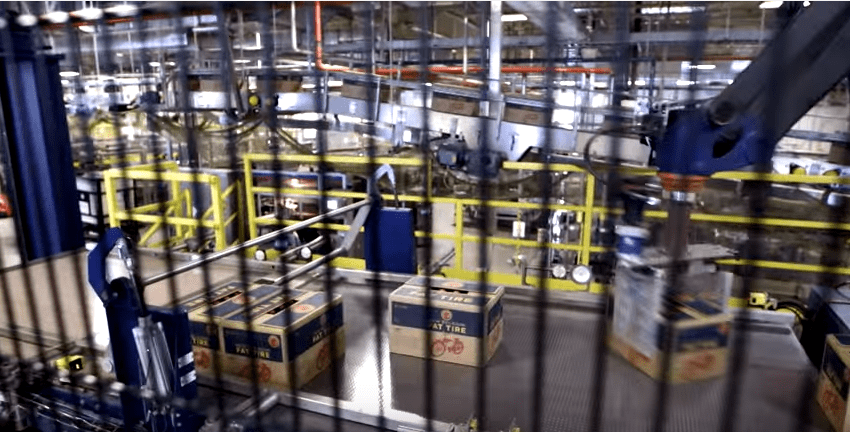A simple approach to Connected Operations: The industrial Internet of Things, people and services
 A complex manufacturing revolution is happening today. “Can systems for the Internet of Things (IoT) be simple?” is a question that I often get. Let’s think through it…
A complex manufacturing revolution is happening today. “Can systems for the Internet of Things (IoT) be simple?” is a question that I often get. Let’s think through it…
By connecting to equipment through the cloud, product manufacturers can monitor from remote locations how their products operate after they are sold. This gives manufacturers a deeper understanding of the way their customers use those products, better insight on whether the products perform per design, and a view into how the market is opening up for white space opportunities.
By collecting product information remotely, manufacturers can discover unexpected utilization patterns and monitor unusual wear and tear of the products, giving them the ability to anticipate to fulfill unmet customer needs. This is a huge benefit because it allows manufacturers to provide differentiated services like condition-based maintenance for quality and efficiency improvements, reengineer products faster, and realign their entire value chain with their trading partners.
In order to take advantage of these new opportunities, we need to understand how change takes place from three different angles. First, the technology aspect and how the old system architectures are rapidly becoming obsolete. Second, how the business practices are morphing and how fast, thus creating competitive advantage. Third, how the most advanced organizations have simultaneously leveraged the trio—things, people and services— interconnecting them to create unprecedented business value.
My customers typically ask me why the initiatives for the industrial IoT are lengthy, expensive, and complicated. These, in essence, are probably the three factors that are making the industrial IoT more appealing to many lately. Today, implementing IoT projects are discussed in terms of weeks instead of years, and they are being done with affordable approaches allowing any size of business (and pockets) to take advantage of state-of-the-art technologies to establish connectivity, which helps to reduce cost and increase revenue. A good testament of that is what Dr. Rory Smith, Director of Strategic Development for ThyssenKrupp Elevator Americas, explained in the recent webcast “How the Internet of Things will Transform Manufacturing”. You will observe in the webcast that while IoT implementations tend to be complex, primarily due to the array of interoperable platforms required, these are not complicated anymore.
How can we all make it simpler? Let’s think about the four basic tenets to build an interoperable IoT system. To make it people-centric, you need to make the system capable to improve the flow of real-time data and to enhance the quality of interactions. You achieve these goals by acquiring information timely, analyzing the past, predicting the future, and optimizing processes in a productive way; let me explain.
In simple terms, you first connect the sensors embedded on devices and equipment to your data collection systems so they gather information continuously from the physical world. This is the point of data acquisition aiming to securely gain access and control to machinery and processes. Once you acquire the data, you need to store it, manage it, and compute it fast so you can gain insights by analyzing historic information. The third element is to use sophisticated algorithms and apply advanced analytics techniques to predict the future. This is the point at which transformative practices are born, because you find factual reasons to preempt problems in creative ways. For instance, machine learning algorithms can tell you with a high degree of confidence that the equipment will fail weeks earlier than a scheduled maintenance will take place. Now you have the option to provide advice or to reschedule services before disruptions come up; none of these options existed before for you or for your customers. But the new information loop is never complete if people don’t have a quick, easy, and intuitive way to interact within this flow of information. Only then, can you optimize business processes and focus on creating new business models given the new insights and predictions that individuals can use in their daily decision-making process.
You may have noticed that I have not discussed where or how this simple information flow can be applied. I’ll address this in my next blog along with the three angles that we need to understand to comprehend what “manufacturing revolution” means. Meanwhile, I would like to know your opinion on whether you find it simple or complex to build the four-tenet system. Share with us how you are connecting operations in your business.
You can read more about how IoT can unlock business value and new revenue growth for manufacturers in this blog post by Sanjay Ravi, worldwide managing director, worldwide Discrete Manufacturing: Automotive, Aerospace, Industrial, High Tech & Electronics.





